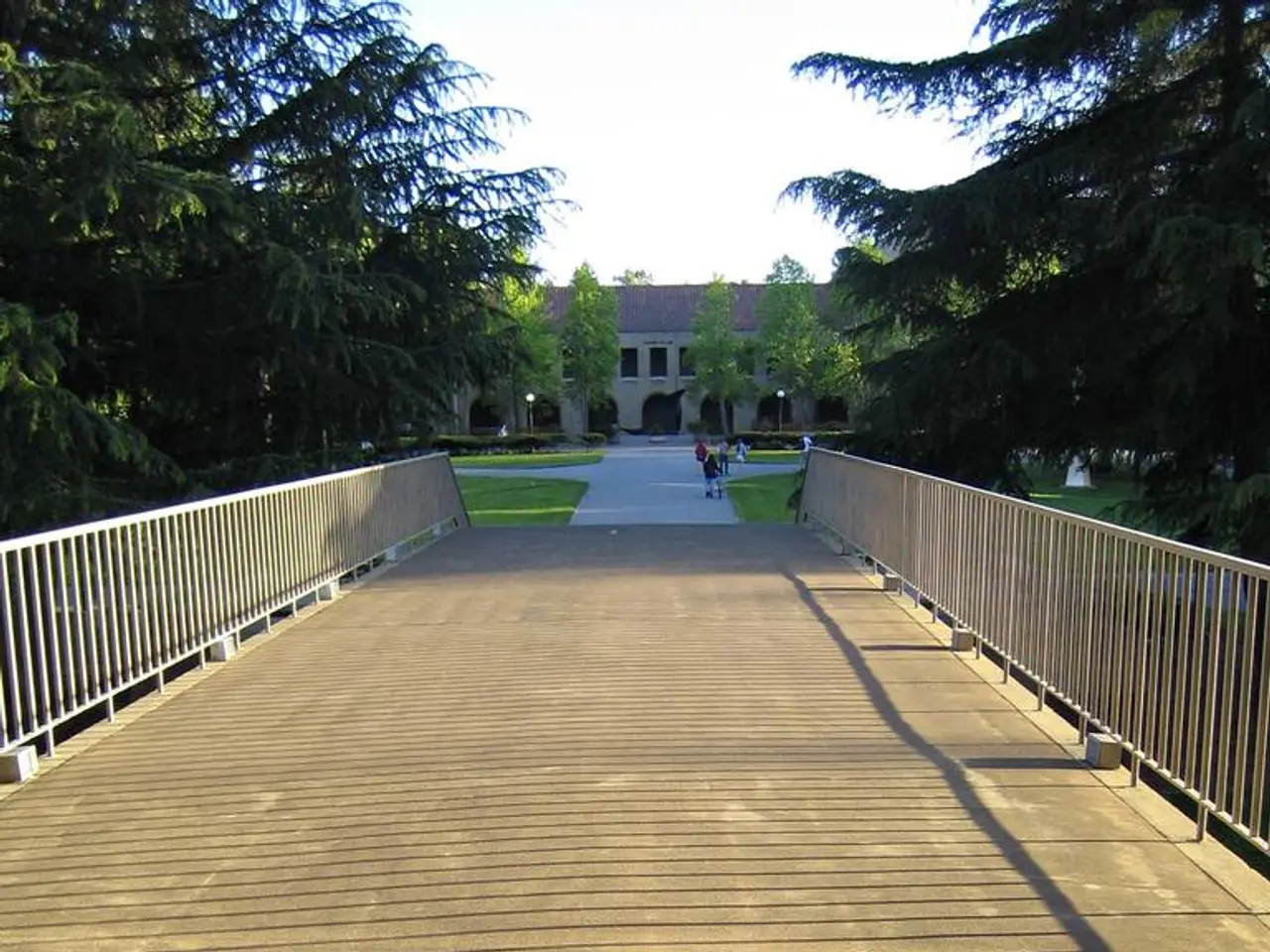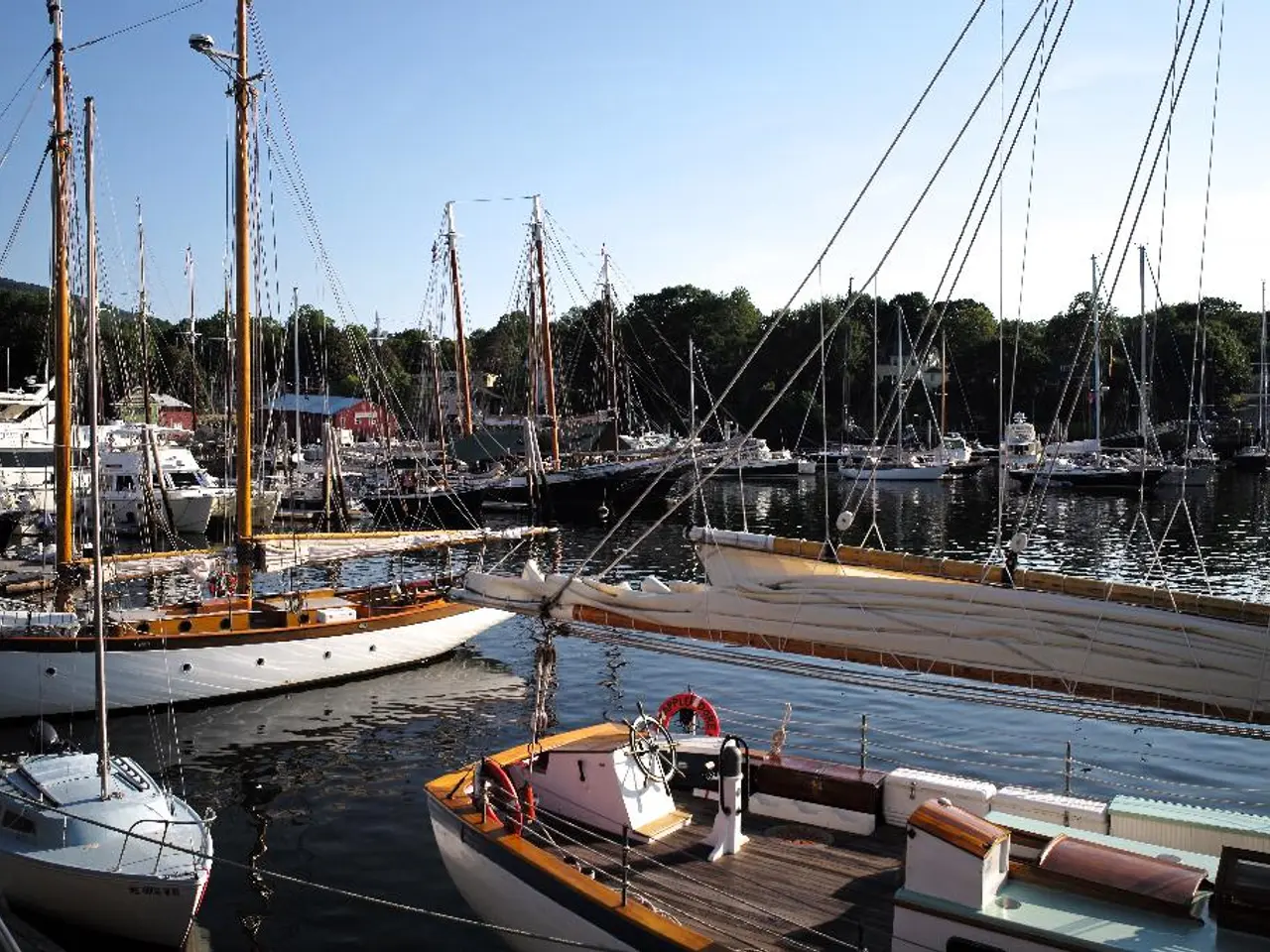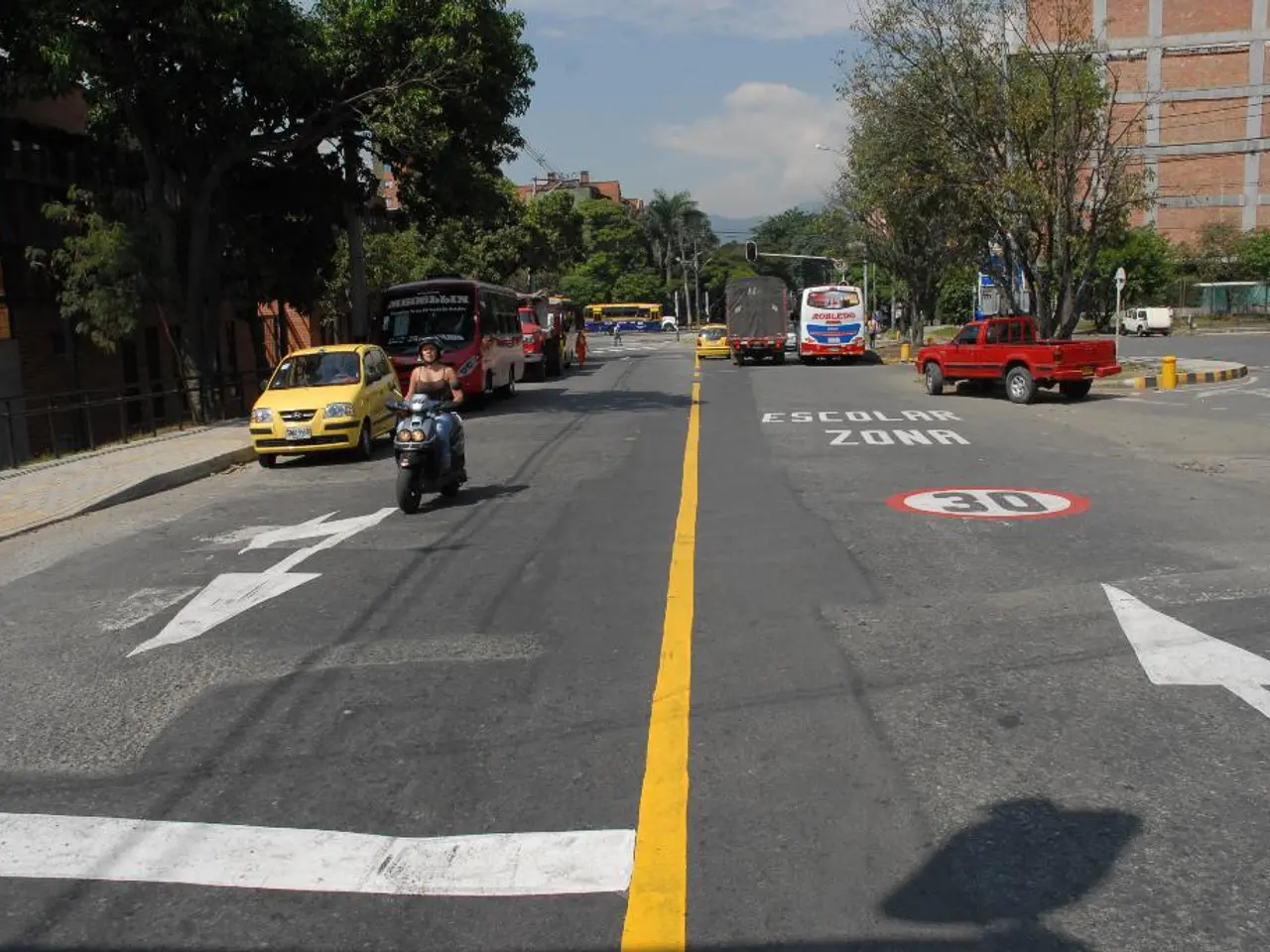Seattle's light rail service between Seattle and Bellevue remains behind schedule – digging into the reasons for the delay.
The East Link light rail extension, a 14-mile line connecting Downtown Seattle to Redmond’s Overlake area, is currently operational between Bellevue and Redmond, with the Redmond Technology segment opening on April 27, 2024, and the Downtown Redmond extension following in May 2025 [1]. However, the full East Link line extension to Seattle is scheduled for early 2026 [1].
Recent issues have caused service disruptions on the new Redmond segment. In June 2025, Sound Transit temporarily shut down the 2 Line service on the Redmond extension to conduct repairs on the overhead wire system [3]. The repair need was driven by problems with excess slack in the overhead wire, which caused the train pantograph (the device that collects power from overhead wires) to break loose twice. This issue was linked to a recent heat wave [3].
During repairs, bus bridges are replacing light rail service in the affected Redmond segment, increasing travel time and requiring passengers to adjust or use alternative transit options like the Rapid Ride B Line [3].
The main cause of the delay is the demolition and rebuild of 5,400 rail ties near Lake Washington, which were a consequence of "defective work" by contractors. Broader construction delays have also affected other Sound Transit projects, such as the Tacoma Hilltop extension, suggesting systemic challenges in project delivery timelines [4].
The original East Link Extension was funded by the Sound Transit 2 ballot measure at a cost of approximately $3.7 billion, with ongoing investments planned for expansion to 116 miles and 83 stations by 2044 [1]. Repair costs for the overhead wire issues and impacts of service disruptions are likely to increase project expenditures, though no specific financial figures have been publicly disclosed. Delays and service interruptions may increase contractor costs and lead to claims for additional compensation or penalties, depending on contractual terms and fault assignments.
Sound Transit will also face operational impacts, including costs of running bus bridges and potential ridership losses or dissatisfaction that could affect revenue projections. Given Sound Transit’s scale and voter-approved funding, such cost overruns may lead to budget adjustments or reprioritization of future projects within the agency's capital program [1][3].
The Eastside-Seattle light rail line was originally promised to open by 2020 but has been delayed due to route disputes and construction issues. The floating bridge section of the East Link light rail project has faced issues with stray electrical currents that could cause pontoons to crack, posing a threat to their long-term buoyancy. Sound Transit CEO Dow Constantine cited electrical fine-tuning as causing a few weeks' delay, moving the projected completion date from December 2025 to early 2026 [2].
According to internal documents, Sound Transit might be on the hook for $250 million or more to Kiewit-Hoffman and other contractors and consultants [2]. WSDOT state bridge engineer Evan Grimm stated that the project is a collaborative effort, with all parties motivated to see it be successful [2]. If all the pending and expected claims get paid, the final bill for delays could exceed $250 million [2].
In addition, contractors cleaned the nylon holes with swabs and solvent at an estimated $15 million cost, but Sound Transit decided to replace all 19,500 nylon inserts anyway and spend at least $9 million to ensure they're snug [6]. Crews must still patch tears in a rubberized insulation layer spanning the floating-bridge deck and pass a high-voltage test to comply with a Washington State Department of Transportation goal of preserving I-90 at least 70 more years [6]. Other stray-current defense systems, including devices that control electric flows inside the pontoons, still need adjustments [6].
Sound Transit officials have blamed their contractors for "defective work," while contractors have accused Sound Transit of moving the goal posts and adding mandates after work started [7]. Sound Transit and Kiewit-Hoffman, the prime contractor for the I-90 section of the project, are currently in disagreement over costs and responsibilities [7].
The line is currently carrying a mere 7,000 passengers, far below the expected 50,000 daily passengers [1]. As the full connection to Seattle targets early 2026 for completion [1], it remains to be seen whether the East Link light rail extension will meet its intended capacity and serve as a viable and efficient transportation solution for the Seattle metropolitan area.
Sources: [1] Sound Transit. (2021). East Link Extension. Retrieved from https://www.soundtransit.org/projects/eastlink [2] The Seattle Times. (2021). East Link light rail delay: Sound Transit might owe $250 million to contractors. Retrieved from https://www.seattletimes.com/seattle-news/transportation/east-link-light-rail-delay-sound-transit-might-owe-250-million-to-contractors/ [3] KING 5 News. (2021). East Link light rail service temporarily shut down in Redmond due to overhead wire issue. Retrieved from https://www.king5.com/article/news/local/east-link-light-rail-service-temporarily-shut-down-in-redmond-due-to-overhead-wire-issue/281-8c51c6b9-301a-4796-9075-51f1103e388c [4] The Seattle Times. (2021). East Link light rail project faces delays and increased costs. Retrieved from https://www.seattletimes.com/seattle-news/transportation/east-link-light-rail-project-faces-delays-and-increased-costs/ [5] The Seattle Times. (2021). East Link light rail extension: What you need to know. Retrieved from https://www.seattletimes.com/seattle-news/transportation/east-link-light-rail-extension-what-you-need-to-know/ [6] The Seattle Times. (2021). East Link light rail: Sound Transit to replace nylon inserts, spend millions more to ensure they're snug. Retrieved from https://www.seattletimes.com/seattle-news/transportation/east-link-light-rail-sound-transit-to-replace-nylon-inserts-spend-millions-more-to-ensure-theyre-snug/ [7] The Seattle Times. (2021). East Link light rail: Sound Transit blames contractors for 'defective work,' while contractors accuse Sound Transit of moving goal posts. Retrieved from https://www.seattletimes.com/seattle-news/transportation/east-link-light-rail-sound-transit-blames-contractors-for-defective-work-while-contractors-accuse-sound-transit-of-moving-goal-posts/
- The traffic in Bellevue has been affected by the temporary shutdown of the East Link light rail's Redmond extension, necessitating the use of alternative transit options such as the Rapid Ride B Line due to repairs on the overhead wire system.
- The ongoing repair costs and delays on the East Link light rail extension, especially on the Redmond segment, may increase the overall project expenditures, potentially impacting the budget and future projects within Sound Transit's capital program.
- In addition to Bellevue, the delays on the East Link light rail extension have also affected other Sound Transit projects, such as the Tacoma Hilltop extension, suggesting systemic challenges in project delivery timelines.
- With the recent heat wave contributing to the overhead wire issues, the full East Link line extension to Seattle, which includes a segment travelling through the business hub of Seattle, is now scheduled for early 2026 instead of the original 2020 promise.
- The transportation industry, especially light rail services, has been significantly impacted by the COVID-19 pandemic, and the East Link light rail extension, which aims to connect Bellevue and Seattle, is carrying far fewer passengers than its projected daily capacity of 50,000.
- The issues with the East Link light rail extension, including the overhead wire problems and contractor disputes, are not just financial concerns for Sound Transit but also political ones as they may lead to budget adjustments or reprioritization of future projects within the agency's capital program.




